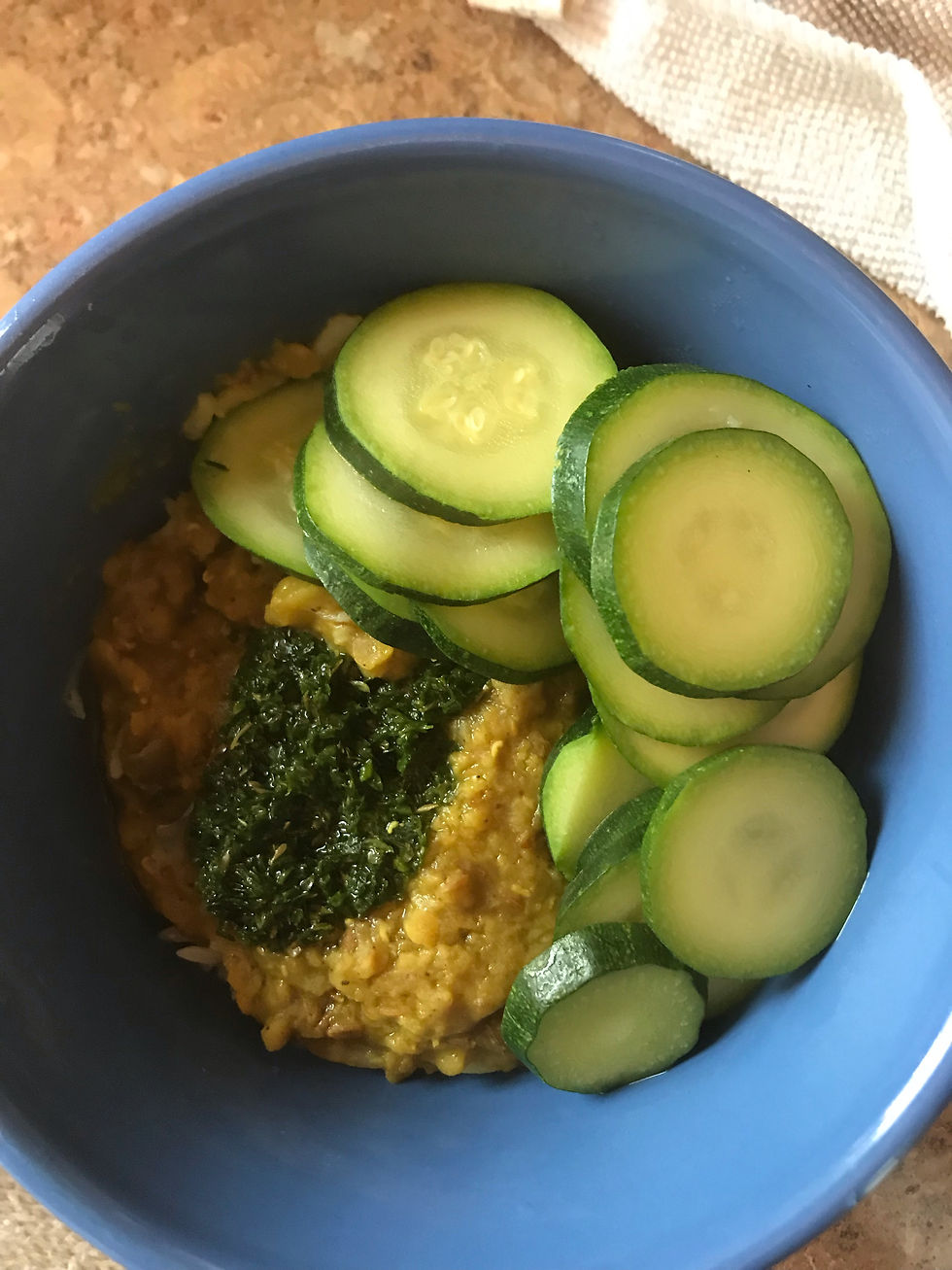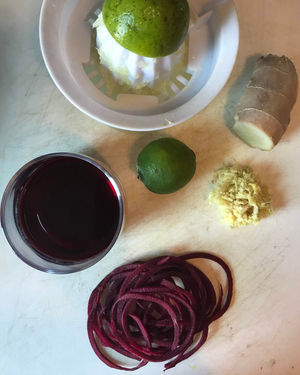THINK YOU CAN’T DIGEST BEANS? THINK AGAIN! Why you can’t afford NOT to include legumes in your diet
- Philippa Anderson
- Sep 15, 2019
- 4 min read

Legumes are hands down one of the best plant-based protein sources available due to their wide-ranging nutritional benefits. Many of my clients report having difficulty digesting beans and legumes so eliminate them from their diets entirely Since I am in the business of assisting people with digestive problems, I have many Ayurvedic tools to offer. But good news! , The issue is usually much more simply solved.
After soaking, rinsing and cooking the legumes well enough, the body should process them just fine. Be mindful if you buy a ready-made bean dish that you have not prepared. Something such as a bean salad or a dish where the legumes have not been soaking in a liquid base like a soup, you might find that they are still slightly firm and chewy. If so, then they are not cooked! ‘Al dente legumes’ is NOT a thing! Please avoid!
Do I have to soak legumes before eating them?
Yes! Whether using a pressure cooker or cooking on a stovetop, soaking beans and legumes before cooking is an essential step to enable your body to absorb the nutrients from these little protein powerhouses. Soaking removes most of the water-soluble components that our bodies cannot digest. It is these components that cause digestive upset, gas & bloating. The more sensitive your digestion is, the more soaking required.
Here’s what to do:
SOAK: Whether it’s a kidney bean, a split pea or any lentil variety, it’s important to cover the legumes with water at room temperature and let sit for a few hours or overnight. The larger the bean, the longer the soak. If using anything the size of a kidney bean or larger, soak overnight. For smaller legumes such as lentils, you can soak for just a couple of hours. One note: the longer a legume has been soaked, the less time it will require to cook.
RINSE: After soaking, drain, cover again with water and drain immediately. Repeat the ‘washing’ process until the water running over the beans runs clear.
RINSE AFTER COOKING: Cook the legume according to preparation instructions using a stovetop method or in a pressure cooker. Test whether they can be easily mashed with a fork to know if they are cooked thoroughly. After cooking, rinse the legumes once with cold water to get rid of anydifficult-to-digest parts that have been released from the legumes’ outer lining during the cooking process. Unless your digestion is very sensitive, you may not need to do this when preparing lentils, but will still need to for anything larger than a lentil.
Legumes sound like a lot of work, are they worth it?
Yes! If prepared properly, legumes are one of the cheapest, efficient & nutritious forms of protein. Here are just a few reasons why:
Legumes are rich in fiber which feeds your healthy gut bacteria and in turn improves brain health and mood. Their high fiber and protein content can both feel full and help to sustain your blood sugar levels, making them an important feature in a weight-loss plan or for diabetics.
-Legumes are an efficient food. 18 grams of protein are found in just 1 cup of cooked lentils and the same amount offer 10% over the daily value for vitamins, B1, B3, B5 & B6 as well as phosphorus, zinc, copper & manganese! This makes them an essential part of the diet for vegetarians and vegans or anyone deficient of B vitamins from lack of animal protein
Studies have shown that regular consumption of legumes reduces the risk of heart disease, lowers cholesterol levels and may reduce blood pressure & triglycerides.
Legumes are very cheap, widely available and versatile, which is why they are such a staple food all over the world.
Magic fairy dust for your food...aka spices!
Another simple tip which will ensure that your beans and lentils do not cause digestive discomfort will also make them taste delicious….spices! This tip applies to ALL food and is a staple part of the Ayurvedic method which allows us to use our food as medicine. Cooking food in spices and herbs increases their nutritional capability. Think about it this way: the food that we eat has to first be transformed into liquid form for the body to be able to digest and absorb its’ nutrients properly. Have you ever thought about what kind of effort your body has to exert in order to liquify a piece of steak or a stem of broccoli? The answer may be A LOT if your body doesn’t have much digestive capability. Signs that your body’s digestive capabilities might be lacking include experiencing digestive discomforts like bloating, a pricking feeling in the abdomen, gas or visible pieces of undigested food in the stool (sounds gross I know, but this is why it’s important to look at your poo before flushing)! Spices boost your body’s digestive enzymes, allowing for complete digestion.
Not sure which spices to use? Check out my fall spice blend in the recipes section for a good place to start.






Comments